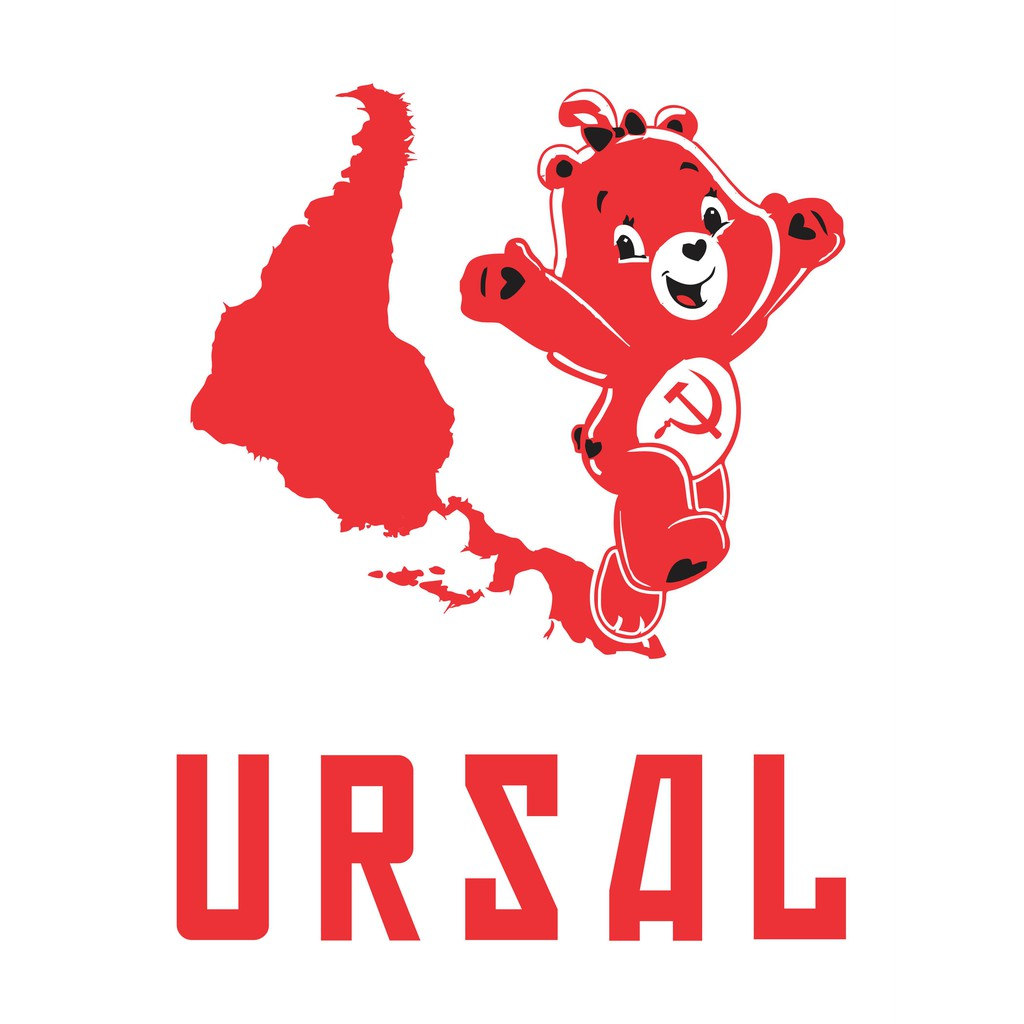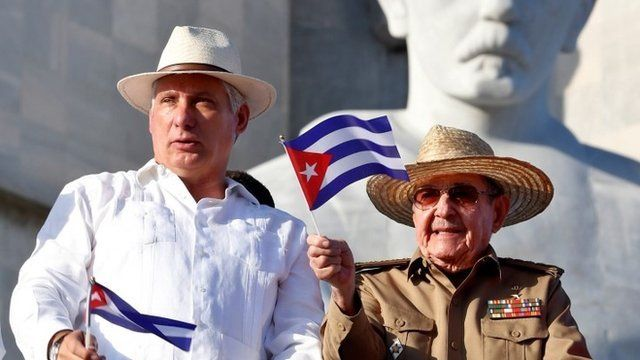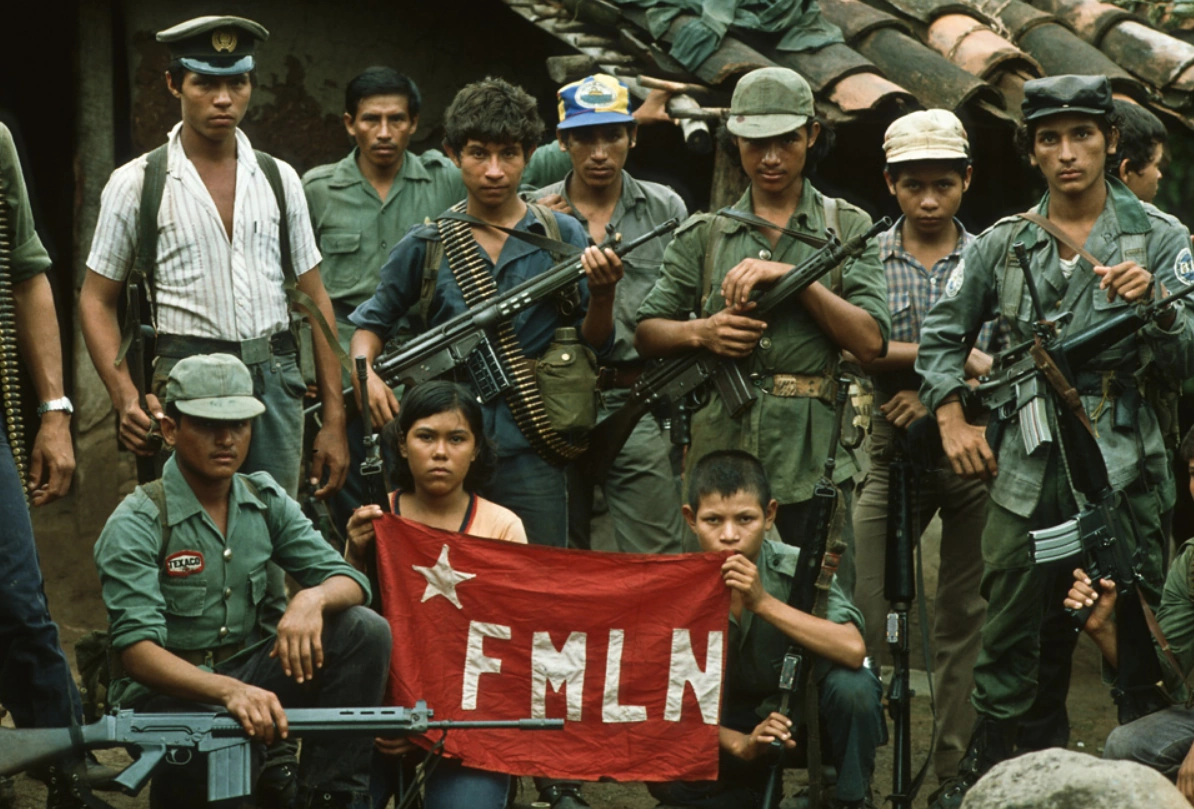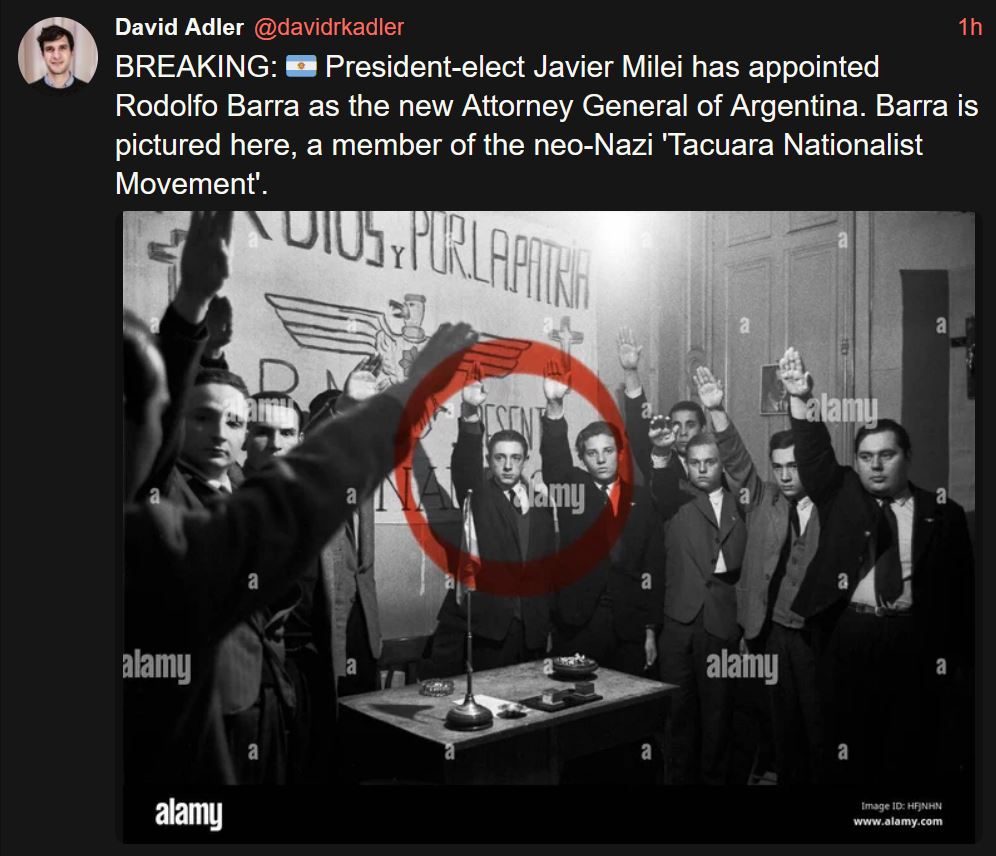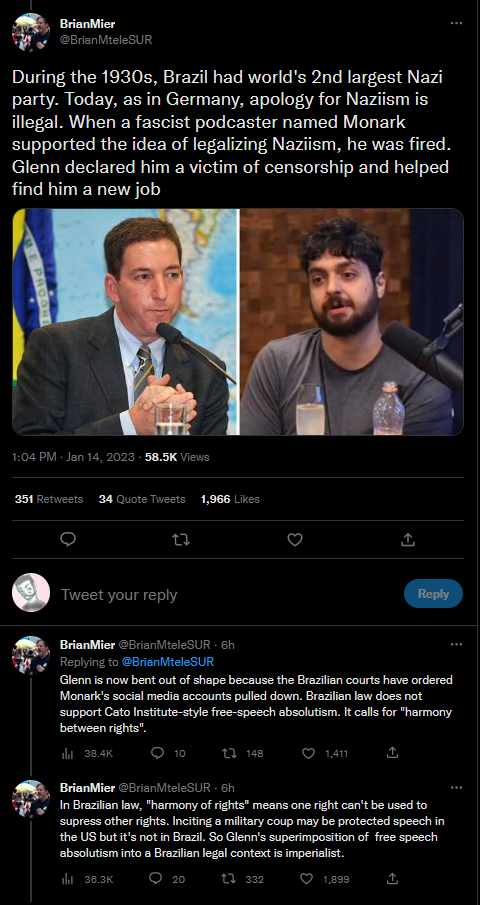(Salvador Allende Gossens; Valparaíso, 1908 - Santiago de Chile, 1973) Chilean politician, leader of the Socialist Party, of which he was also co-founder in 1933. He was president of Chile from 1970 until the coup d'état led by General Augusto Pinochet on September 11, 1973, the day he died in the Moneda Palace, which was bombed by the coup plotters.
Salvador Allende belonged to a well-to-do middle-class family. He studied medicine and, since his university days, he was part of leftist groups. Later, he alternated his dedication to politics with his professional practice. He participated in the parliamentary election of 1937, and was elected deputy for Valparaíso. He was Minister of Health in Pedro Aguirre Cerda's cabinet between 1939 and 1942. From then on he became the undisputed leader of the socialist party.
In 1952, 1958 and 1962 he ran for the presidential elections. On the first occasion he was temporarily expelled from the party for accepting the support of the communists, who had been outlawed, and came in fourth place. In 1958, with socialist and communist support, he came in second place behind Jorge Alessandri. In the third the result of the presidential elections of September 4, 1964 was clear and definitive with he victory of Eduardo Frei
In parallel with the advance of important social measures, the political panorama during the Frei Montalva administration was one of increasing polarization, even within the Christian Democrat Party, which suffered important divisions, as well as the detachment of sectors of its youth towards positions more closely linked to the left. Finally, the 1969 parliamentary elections showed the new political situation of the country, as their results pointed to the emergence of irreconcilable thirds, largely due to the decrease in support for the political center and the strengthening of left and right-wing options.
This situation was most clearly reflected in the 1970 presidential elections, marked by the confrontation of antagonistic and impossible to reconcile social projects. The alliance of communists, socialists, sectors of radicalism and the MAPU in the called Popular Unity, headed by Allende, was victorious with 36.3% of the votes. The narrow margin of difference with the votes received by the other two candidates, Jorge Alessandri for the right wing and Radomiro Tomic for the Christian Democracy, forced Allende's election to be ratified by the congress, where he faced strong opposition. Finally, on October 24, 1970, after obtaining the support of the Christian Democratic Party with the signing of a Statute of Democratic Guarantees that would be incorporated into the constitutional text, Salvador Allende was proclaimed president.
Allende's presidency
From the date of the beginning of the mandate (November 3), the difficulties that the new government had to face were immense. Even before the presidential inauguration, attempts were made to abort the process, the most serious of which ended with the assassination by an ultra-right-wing commando supported by the CIA of the Commander-in-Chief of the Army, General René Schneider, who was a strong supporter of the subordination of military power to civilian power.
In spite of this, the Popular Unity, once in government, undertook the implementation of its plan of action, which emphasized the deepening of the reformist measures initiated by the previous administration. Thus, the volume of expropriated lands was increased and the socialization of important enterprises, until then in private hands, was initiated, which were then managed by workers' cooperatives advised by pro-government officials. In addition, the nationalization of copper was carried out, without payment of indemnities to the North American companies, which meant a confrontation with the United States, which from that moment on openly supported the groups opposed to the socialist government.
In spite of this rigid opposition, Allende's government enjoyed significant support from the citizenry, particularly from the popular sectors, which benefited directly. In effect, the State subsidized a large part of the basic services, in addition to supporting organizations of workers, peasants and urban dwellers in their demands for participation.
This support for Allende's presidency was clearly demonstrated in the parliamentary elections of 1971 and the municipal elections of 1973, in which the Popular Unity parties increased the number of votes. Along with this, the political discourse of the leftist parties became increasingly radical, while the open confrontation with opposition groups became a reality in the streets and indicated a situation of class struggle in their eyes inevitable.
Actions of groups such as the MIR and sectors of the Socialist Party confirmed this diagnosis, considering urgent the creation and strengthening of "Popular Power" instances that would be alternatives to the narrow frameworks that the institutional framework prefixed for a possible construction of a socialist society. This attempt, known as the "Chilean Way to Socialism", received the interest and support of sectors from all over the world, particularly from the Soviet Bloc, Cuba and the Non-Aligned Countries, which translated into the sending of material aid and industrial advisors.
Despite all this, a series of problems further polarized Chilean society under Allende's presidency, largely due to economic causes. Inflation became uncontrollable, since salary increases and State expenditures were financed with the issuance of money without a basis in production, which was diminished and contracted as a consequence of the blockade initiated by the United States and the permanent conflict that many companies were experiencing, in virtual permanent paralysis due to the lack of resources.
This climate of shortages and crisis, encouraged by the different political sectors, resulted in numerous mobilizations in favor and against the Allende government, the most important of which was the stoppage of the El Teniente copper deposit, together with the strike of the transport workers' unions, which practically paralyzed the movement of goods from one point to another in the country. In addition to this, there were conflicts in the university and professional associations (mainly doctors and teachers), which created a deep division in all areas of national life.
Faced with such a situation, the President decided to take, already in 1973, measures that would serve as vehicles for dialogue and negotiation with the Christian Democrat opposition, such as the entry of important military figures to the cabinet, represented by the Commander in Chief, General Carlos Prats, and the offer to hold a plebiscite to consult the citizens on the continuity of the regime or the call for new elections. These measures were followed by a hardening of the most radical positions of the left, which proposed to the President the closing of Congress and the use of Extraordinary Powers to govern.
The right wing and some sectors of Christian Democracy considered the situation unsolvable, so they decided, more or less openly, to resort to the military coup d'état against President Allende. In June 1973 there was a first coup attempt, known as "El Tancazo": an armored regiment in the capital rose up against the government, but the loyal forces, headed by Prats, managed to dominate the situation.
Finally, on September 11, 1973, General Augusto Pinochet led a military coup, during which he bombed the Moneda Palace, the seat of government. President Allende refused the demands of surrender and died in the presidential palace. In 1990 his body was exhumed from the anonymous grave in which he was buried, and received a formal and public burial in Santiago.
Megathreads and spaces to hang out:
reminders:
- 💚 You nerds can join specific comms to see posts about all sorts of topics
- 💙 Hexbear’s algorithm prioritizes struggle sessions over upbears
- 💜 Sorting by new you nerd
- 🌈 If you ever want to make your own megathread, you can go here nerd
- 🐶 Join the unofficial Hexbear-adjacent Mastodon instance toots.matapacos.dog
Links To Resources (Aid and Theory):
Aid:
Theory:
